Here's a couple examples I just put together. The first is the straight d3 way of doing what you are asking. The second is a hacked up plottable.js. With plottable.js I can't find a way to position the axis outside of their table system, I had to resort to manually moving them. The table system they use is designed to relieve the developer of having to manually position things. This is great and easy, of course, until you want to control where to position things.
Here's the hack, after you render your plottable:
// move the axis...
d3.select(".y-axis")
.attr('transform',"translate(" + width / 2 + "," + 0 + ")");
d3.select(".x-axis")
.attr("transform", "translate(" + 48 + "," + height / 2 + ")");
Note, I didn't remove the left side margin (the 48 above) that plottable puts in. This could be hacked in as well, but at that point, what is plottable providing for you anyway...
It should be noted that the different appearance of each plot is entirely controlled through the CSS.
Complete d3 scatter plot:
// D3 EXAMPLE
var margin = {
top: 20,
right: 20,
bottom: 20,
left: 20
},
width = 500 - margin.left - margin.right,
height = 500 - margin.top - margin.bottom;
var x = d3.scale.linear()
.range([0, width]);
var y = d3.scale.linear()
.range([height, 0]);
var xAxis = d3.svg.axis()
.scale(x)
.orient("bottom");
var yAxis = d3.svg.axis()
.scale(y)
.orient("left");
var svg = d3.select("#d3").append("svg")
.attr("width", width + margin.left + margin.right)
.attr("height", height + margin.top + margin.bottom)
.append("g")
.attr("transform", "translate(" + margin.left + "," + margin.top + ")");
x.domain([-100, 100]);
y.domain([-100, 100]);
svg.append("g")
.attr("class", "x axis")
.attr("transform", "translate(" + 0 + "," + height / 2 + ")")
.call(xAxis);
svg.append("g")
.attr("class", "y axis")
.attr("transform", "translate(" + width / 2 + "," + 0 + ")")
.call(yAxis)
.append("text");
svg.selectAll(".dot")
.data(data)
.enter().append("circle")
.attr("class", "dot")
.attr("r", function(d) {
return d.r;
})
.attr("cx", function(d) {
return x(d.x);
})
.attr("cy", function(d) {
return y(d.y);
})
.style("fill", function(d) {
return d.c;
});

Plottable.js:
// PLOTTABLE.JS
var xScale = new Plottable.Scale.Linear();
var yScale = new Plottable.Scale.Linear();
var xAxis = new Plottable.Axis.Numeric(xScale, "bottom");
var yAxis = new Plottable.Axis.Numeric(yScale, "left");
var plot = new Plottable.Plot.Scatter(xScale, yScale);
plot.addDataset(data);
function getXDataValue(d) {
return d.x;
}
plot.project("x", getXDataValue, xScale);
function getYDataValue(d) {
return d.y;
}
plot.project("y", getYDataValue, yScale);
function getRDataValue(d){
return d.r;
}
plot.project("r", getRDataValue);
function getFillValue(d){
return d.c;
}
plot.project("fill", getFillValue);
var chart = new Plottable.Component.Table([
[yAxis, plot],
[null, xAxis]
]);
chart.renderTo("#plottable");
d3.select(".y-axis")
.attr('transform',"translate(" + width / 2 + "," + 0 + ")");
d3.select(".x-axis")
.attr("transform", "translate(" + 48 + "," + height / 2 + ")");



